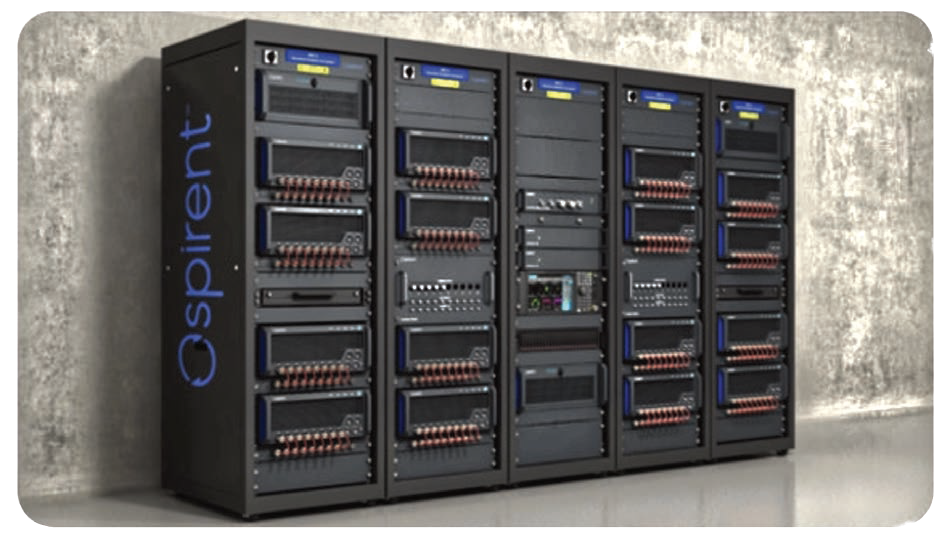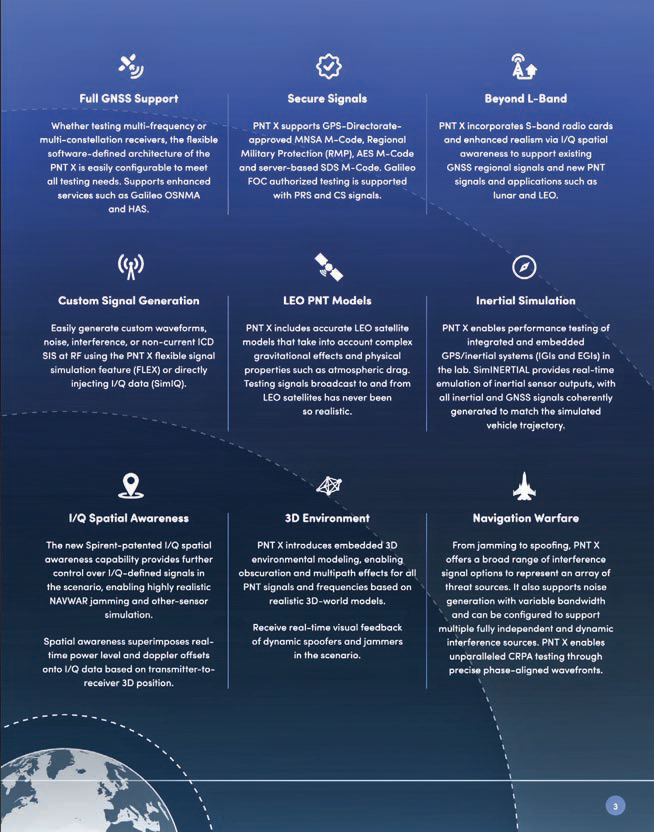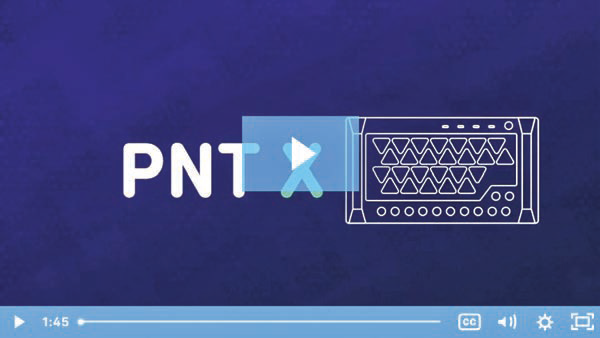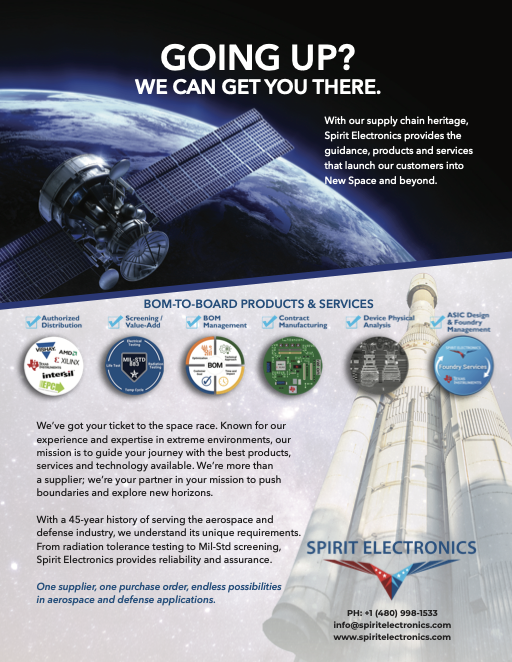Spirent helps customers manage the complexity of their devices, networks and services, enabling them to keep the promises they make to their customers while reducing cost. We provide innovative test and assurance solutions and trusted expertise that allow our customers to bring better quality products and services to market faster, to automate the turn-up of new services and to proactively identify and resolve problems in their production networks.

Across every one of our businesses, we accelerate our customer’s path to more agile, customer-centric development and operational practices that extend from the lab to the production network. Backed by our unparalleled technology and automation expertise, we continue to innovate towards fully- automated testing and autonomous service assurance solutions.
Good day, Mr. Price. How did you initially become involved with Spirent Communications and why did you decide to continue your career with this company?
Adam Price
My background is in tech, and there’s a perhaps surprising array of tech companies in the seaside towns of the South West United Kingdom (UK). Spirent stood out for me, a company based in Paignton that is directly at the cutting edge of the global positioning, navigation and timing (PNT) industry — amazing. The heritage and the calibre of engineers and thought leaders was a great pull, and continues to be so. I’m continually proud to be part of a company that shapes an industry and is helping to advance a huge range of technologies around the world.
What is PNT X, and who is it for?
Adam Price
Spirent has been delivering PNT test systems for 40 years. PNT X is our sixth generation PNT simulation system. It’s built on all the expertise we’ve gathered over those years working with the leading developers and innovators across a huge range of industries. Ultimately, PNT X is for anyone who is building, integrating, or testing PNT-enabled equipment. That could be chipset manufacturers, or it could be for lunar exploration, or anything in between.
What was the driver that made you develop this system?
Adam Price
Our earliest simulators reflected the fact that GPS was the only functioning source of global positioning information. They supported the testing of and requirements of GPS-only navigation systems. Over time, we added GNSS constellations as these came online — GLONASS, Galileo, BeiDou, regional systems, augmentation systems. Inertial emulation was added as users started to fuse the two technologies.
We have now passed the age of GNSS and have entered the age of PNT. GNSS is a major part of that, but the need for precision and continuity, combined with the threats to GNSS, have driven a proliferation in sources of PNT data. PNT X has been developed to meet these needs: more sources of information in the test environment, greater precision, and unparalleled threat testing.
If you could select one new feature or capability to highlight, what would it be?
Adam Price
PNT X offers so much to developers that just hasn’t been available up to now that it’s tough to pick one. I would say, perhaps, the SimIQ spatial awareness capability. The name is a bit of a mouthful, but what it does is pretty incredible.
It stems from an understanding that new signals and new sources are being developed and launched all the time, and that our users having to wait for us to implement them all could slow their businesses down. So we’ve made it possible for users to develop their own signals and inject them into PNT X to generate. In and of itself, this is not something new. We’ve been upconverting external I/Q files for a while.
What is new is that PNT X can make the generation of those custom signals as realistic as with standard signals. The system will automatically apply signal effects such as Doppler shift, signal delay, and power level changes according to the specifics of the scenario. This has never been done before. It has the potential to accelerate the adoption of new technologies, changing the face of PNT to something more proactive.
What impact do you think this could have on the satellite industry? Or on the wider space industry?
Adam Price
Another one that’s tough to answer — both satellite and space industries are so diverse. For satellites, we’re enabling the next generation of Low Earth Orbit (LEO) PNT constellations through supporting the modelling of their signals. For non-PNT constellations, we are giving them the opportunity to easily generate realistic orbits and trajectories — adding precision to onboard equipment and, consequently, to the variety of services these constellations deliver. It also gives the possibility of increasing efficiency and precision for launch vehicles, enhancing profitability and sustainability.
For the space industry — we have a pretty good view. Key projects for major space agencies and contractors centre around lunar exploration and the establishing of PNT infrastructure around the moon. PNT X uniquely supports some of the more demanding requirements here. The precision, power level control, the ability generate PNT signals in S-band, and the ability to model precise non-standard orbits, make it the perfect foil.
Please open the above video.
Where do you see PNT technology going in the future, and how does PNT X enable this?
Adam Price
The trends in PNT are not changing. Greater precision, greater resilience, greater robustness, increasing threats, and more sources of data. In the future I expect to see these trends continue and accelerate. The rise of autonomous and assisted navigation systems demands greater precision than ever before.
The prevalence of navigation warfare (NAVWAR) threats, such as jamming and spoofing, is only growing, and PNT is becoming a key battleground in modern warfare — and this is impacting civilian applications too. As the equipment and techniques needed to jam and spoof become more readily available — and less expensive — and the knowledge required is more widely distributed, this will only grow. And, in response, developers will look to complex technologies and more varied sources to achieve the robustness and resilience they need.
Each of these — precision, robustness, resilience, flexibility — are the fundamental principles PNT X has been designed to address. PNT X is purpose-built for the future of PNT as we see it. And by enabling all of this in the lab, we can save our customers exponential amounts of time and money throughout development.
On a secondary note, we witness that with advancements in both PNT chipsets and compute power, the amount of data use from the ground and user segments has increased significantly. Advancements in co-located, edge and cloud computing are enabling enhanced levels of PNT performance — through the ability to ‘wrap’ advanced firmware and software layers around the core PNT engines. All in the pursuit of achieving best in class accuracy, integrity and availability.

Will Artificial Intelligence (AI) play a role in PNT X as well as in your firm’s technologies?
Adam Price
As we see these datasets from the ground and user segments increasing in scope and scale, the role of machine learning and AI to utilise this data on a large scale is of course expected. The industry is in the early stages of this, but we are seeing more funded programs to enhance research and development in this area.
The evolution of PNT X will be able to provide test capabilities both in the lab, and in a virtualised presence across multiple domains. In the virtualised capability, a goal is to run multiple test scenarios in parallel on a large scale. Again, creating large datasets that will need to be analysed for such things as corner case scenarios.
With advancements in AI, this is an area of interest, driving faster analytics and providing trusted results to end users.
Given the importance of Global Navigation Satellite Systems (GNSS), is Spirent involved in improving these technologies for users? If so, what actions is the company taking in this regard?
Adam Price
Our test instruments have been involved in enhancing GNSS for users for 40 years now. Whether that is through their use in the development of the satellite systems, or in their use in enhancing and validating the technologies that end users see, improving PNT to benefit users is the reason Spirent exists. As long as our users seek to improve things, Spirent test solutions will evolve to support their efforts.
Lastly, when you review your career to date, what project, or projects, truly brings a sense of satisfaction to you?
Adam Price
Of course, launching any major platform to market is an exciting time. At Spirent we believe we are forerunners of this in PNT simulation, with the ambition to provide disruptive solutions to the market saving our customers time and money in their development cycles.
For me, personally, I would state that it is the world of PNT and its industry diversity in general that excites me. Our world is heavily reliant in PNT in all walks of life. The conversations I regularly have with customer related to critical infrastructure or mission critical applications gives me an enormous sense of pride and loyalty to what we do here at Spirent.
Our test solutions are key for our customer success in these areas. Being part of these industries delivers that sense that what we do here at Spirent really makes a difference to the world we live in, and to the world our children will inherit.
www.spirent.com/




